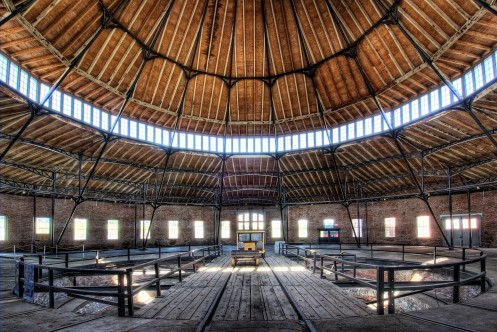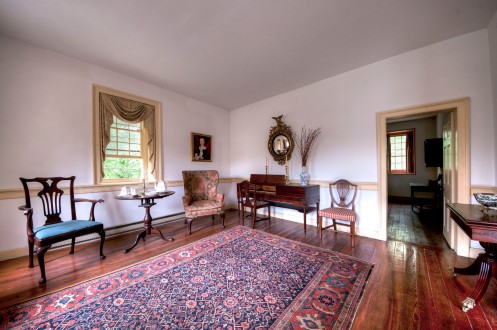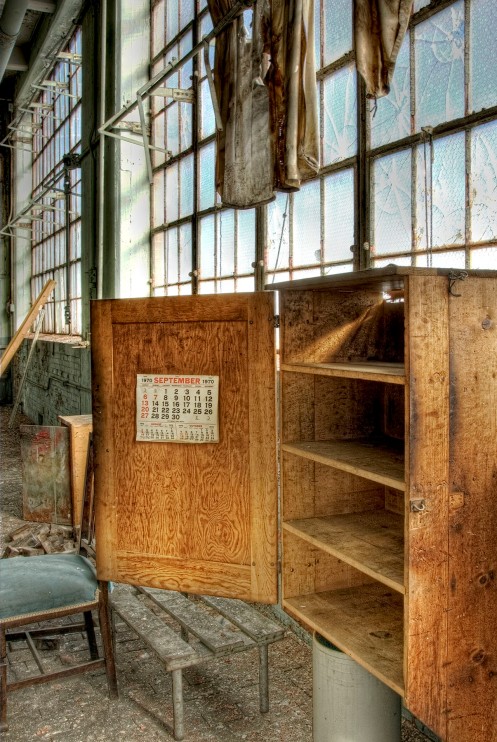Berkeley County 250 Exhibit [UPATE: Best in Show!]
Three of my images will be on display at the Berkeley Art Works, 116 North Queen Street in Martinsburg from now through June 25 during the ‘Berkeley 250’ Exhibit, celebrating the 250th anniversary of the founding of Berkeley County, West Virginia.
Over the years since I moved here, I have photographed numerous historical structures in and around Martinsburg. Three of my favorites are the B&O Roundhouse, Adam Stephen House, and the Interwoven Mills complex. Each of these structures represents significant periods in the history of Berkeley County.
Roundhouse Photo wins Best in Show!
(Click here to see all of the award winners.)
The B&O Roundhouse and Martinsburg Shops complex was constructed during 1848-1850. During the Civil War, Confederate troops under “Stonewall” Jackson burned the roundhouse and captured or destroyed B&O locomotives and rolling stock as well as more than 36 miles of track. The roundhouse was rebuilt after the Civil War. It was the site of the beginning of the Great Railroad Strike of 1877. The site is listed as a National Historic Landmark and can be toured by appointment.
Adam Stephen was a doctor who was a military officer in the French and Indian War and the American Revolutionary War, serving under George Washington. He helped found what is now Martinsburg, West Virginia. The house, originally built between 1772 and 1789, was long abandoned until it was acquired by the Adam Stephen Memorial Association in the 1960s. They completely renovated the structure and furnished it with period furnishings. The house is open for visitors on weekends.
The Interwoven Mills complex was the largest employer in Martinsburg for several decades. Originally built in the 1890s, the Intwoven Hosiery company was among the country’s largest manufacturer of socks. During World War II, Interwoven manufactured socks for army and navy personnel. Gradually, due to competition and other factors, employment dropped from more than 3,000 in the early 1950s to 900 in 1960. Interwoven decided to move most of the operation to North Carolina in 1962 and the complex was eventually closed in 1976. The complex was sturdily built and today plans are being developed for renovation of the buildings for multiple uses.




